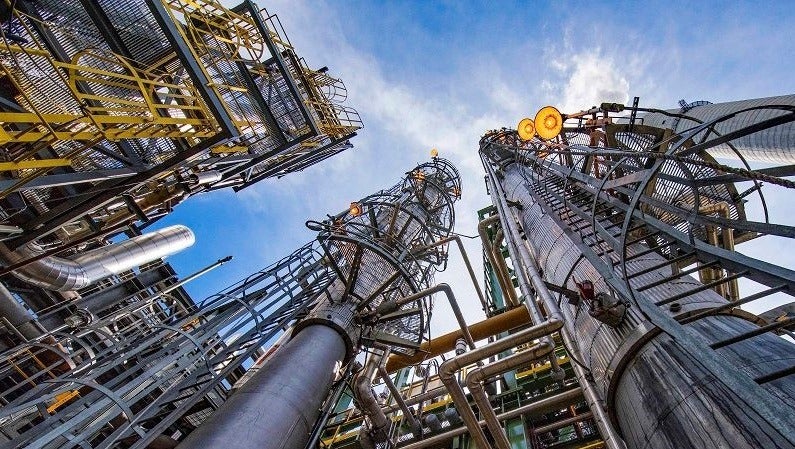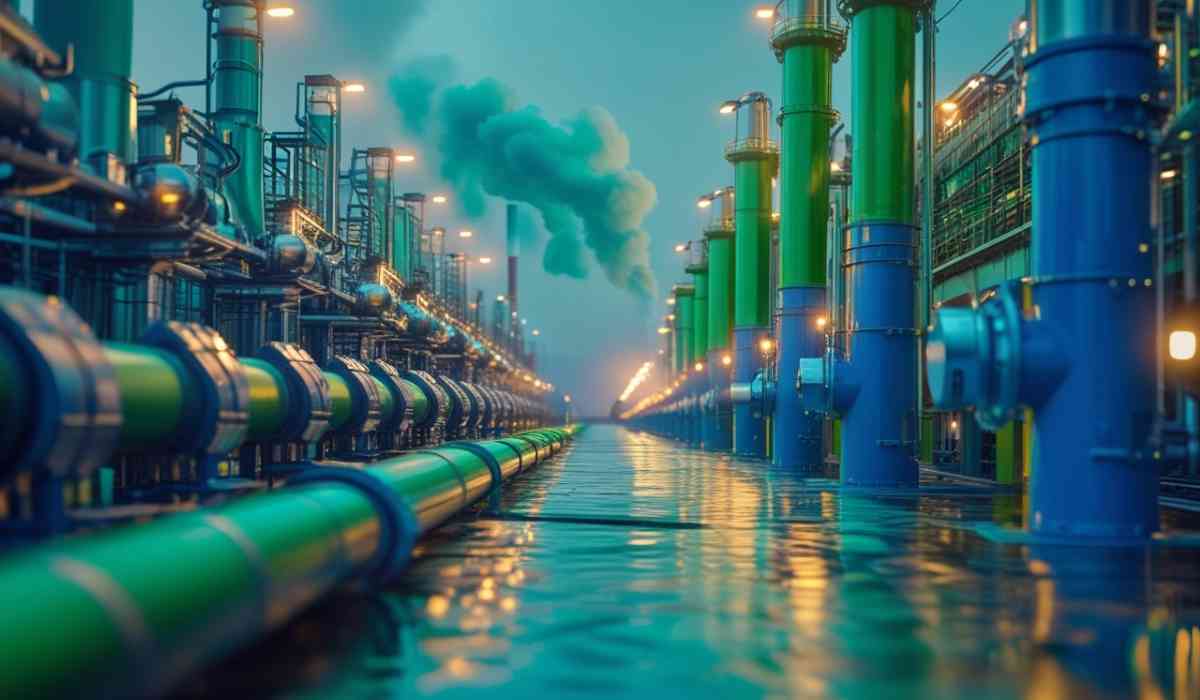As the urgency to address climate change intensifies, carbon capture and storage (CCS) technologies are emerging as a pivotal solution for reducing global greenhouse gas emissions. By capturing carbon dioxide (CO₂) at its source and securely storing it underground, CCS plays a critical role in the transition towards a net-zero future.
What is Carbon Capture and Storage?

Carbon capture and storage is a suite of technologies designed to capture CO₂ emissions from large industrial sources—such as power plants, steel mills, and cement factories—before they are released into the atmosphere. The captured CO₂ is then compressed, transported, and injected into deep underground geological formations for long-term storage, preventing it from contributing to global warming.
How Does CCS Work?

The CCS process involves three main steps:
-
Capture: CO₂ is separated from other gases produced during industrial processes using technologies such as post-combustion, pre-combustion, and oxy-fuel combustion.
-
Transport: The captured CO₂ is compressed and transported, typically via pipelines or ships, to a suitable storage site.
-
Storage: The CO₂ is injected into deep underground formations, such as saline aquifers or depleted oil and gas reservoirs, where it is securely stored for thousands of years.
Why is CCS Important for Climate Change?

CCS technologies offer a powerful weapon in the fight against climate change by:
-
Reducing Emissions: CCS can capture up to 90–100% of CO₂ emissions from industrial sources, significantly lowering the carbon footprint of industries that are otherwise difficult to decarbonize.
-
Enabling Net-Zero Targets: According to the IPCC, between 350 and 1,200 gigatonnes of CO₂ will need to be captured and stored this century to meet global climate goals.
-
Supporting Sustainable Industry: CCS allows key industries, such as cement and steel, to continue operating while drastically cutting their emissions.
Recent Advancements and Challenges

Recent years have seen remarkable advancements in CCS technology, making the process more efficient and cost-effective. Innovations include:
-
Improved Capture Methods: New solvents, membranes, and solid sorbents are increasing capture rates and reducing energy consumption.
-
Expanded Storage Solutions: Enhanced monitoring and verification technologies ensure the safe and permanent storage of CO₂.
-
Growing Investment and Policy Support: Governments and private sectors are increasingly investing in CCS, with favorable policies and financial incentives accelerating project development worldwide.
However, challenges remain, including high costs, energy requirements, and the need for robust regulatory frameworks to ensure safe and effective deployment.
The Future of CCS

With global CO₂ emissions continuing to rise, the deployment of CCS technologies must scale up dramatically. Currently, approximately 40 million metric tons of CO₂ are captured and stored annually, but this needs to increase at least 100-fold by 2050 to meet international climate targets. The development of CCS hubs, increased investment, and supportive policies are critical to unlocking the full potential of this game-changing technology.
FInal Note
Carbon capture and storage technologies are a vital component of the global strategy to combat climate change. By capturing and securely storing CO₂, CCS helps industries reduce emissions, supports the transition to a net-zero economy, and offers hope for a sustainable future. As advancements continue and investment grows, CCS is poised to play an increasingly important role in the fight against global warming.
With inputs from agencies
Image Source: Multiple agencies
©️ Copyright 2025. All Rights Reserved. Powered by Vygr Media.

























